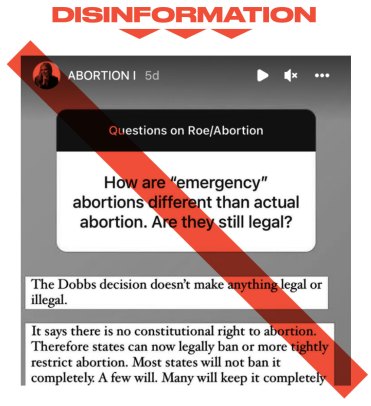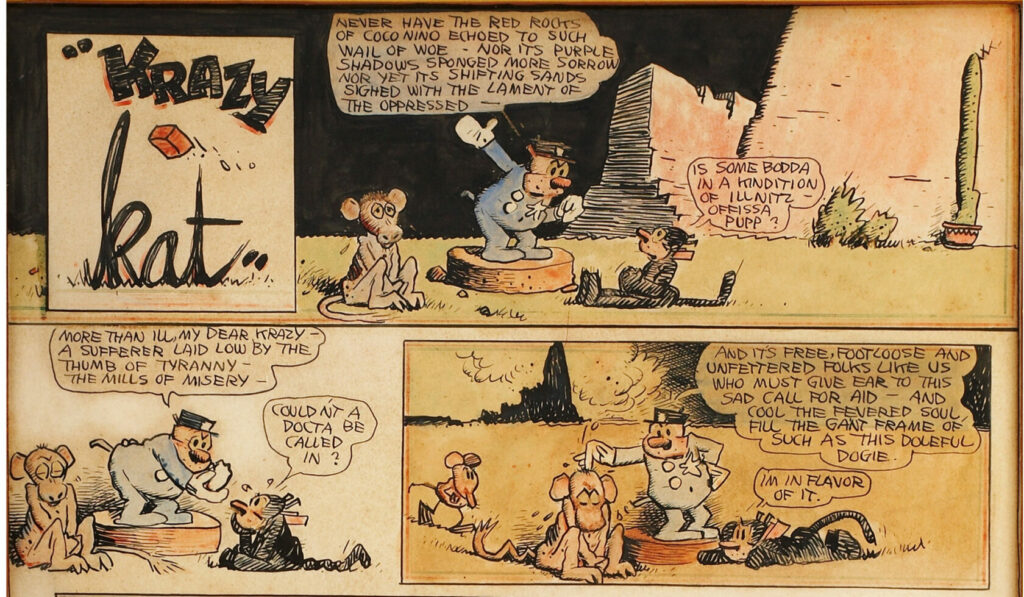Rison Thumboor from Thrissur, India, CC BY 2.0, via Wikimedia Commons.
I’m defeatist when it comes to taxes (meaning: I don’t understand deductions and pay whatever TurboTax tells me to), but I’m fascinated by those who aren’t. In 2001, for example, eighty thousand Black Americans filed for reparations with the IRS. Some made this their actual business. For $500, you could pay a self-taught financial advisor named Vernon James to apply on your behalf for a “Black Investment Tax Credit,” as he did for more than three hundred clients. James, who is Black, had a capacious “yes, and” attitude that bound together the case for reparations with workaday “Taxation is theft” libertarianism. Speaking to CBS in 2002, James asserted that Americans, whether Black or white, didn’t have to pay up come April. “The IRS took money from slaves. They are taking money from Americans. That is an investment. They have a right to get it back.” The IRS cut a number of claimants their requested checks, ranging from $40,000 to $100,000 per return and totaling more than $1 million. On realizing what had happened, the agency swiftly demanded their money back. James was sent to prison for six and a half years for tax fraud.
I discovered James in the midst of a depressive spell—that is, post my filing in 2015. It was a summer of right-wing memes about white slavery. After Dylann Roof’s attack on a church in Charleston renewed opprobrium of the Confederate flag’s public prominence, Southern Cross supporters began trotting out claims about Irish ancestors in American bondage. “At some point, you just have to get over it,” a Mississippi man told a Washington Post reporter at a rally in support of the banner of Dixie, the you being Black people, the it being slavery’s legacy.
It was also the summer of Rachel Dolezal. Sometimes, especially when you’re broke, your brain attempts a haphazard alchemy with the elements at hand: why not appropriate and invert James’s enterprise? One could set up a fake service, analogous to James’s: the White Inheritance Tax Credit, for which, for a mere $500, the supposed descendants of Irish slaves could apply—only, rather than filing their IRS Form-2439s on their behalf, one would just keep the service fee. The WITC has remained a speculative exercise. Every year after tax season—while recovering from the handover of my ill-begotten gains—I’ve found myself instead doing some ritual tinkering with a half-formed novella about a Vernon James figure serving white customers. (He’s usually white in this telling, for some reason, though he doesn’t have to be—perhaps it’s a nod to Dolezal.)
Over time, I’ve compiled a five-page document collating my research that I should probably retitle. This year, I made it through the reading list in SHIT ABOUT WHITE SLAVERY.docx to John Hersey’s 1964 novel White Lotus. Like many works of alternate history, the book concerns an American populace vanquished, the victor in this instance not Hitler’s Germany or Hirohito’s Japan but warlord-era China. The titular narrator recounts her experiences following the U.S. defeat in the “Yellow War,” beginning with her capture as a teenager in Arizona, where her village is ransacked by a group of white jazzbo musicians in a Packard touring car, blasting “Stormy Weather.” She’s marched to Los Angeles, where captured whites are billeted in abandoned film lots before being shipped across the Pacific. In Hollywood she sees a Chinese person for the first time, describing his skin as “the underside of the stretching foot of a desert snail” and “the color of curds.”
Copyright
© The Paris Review








